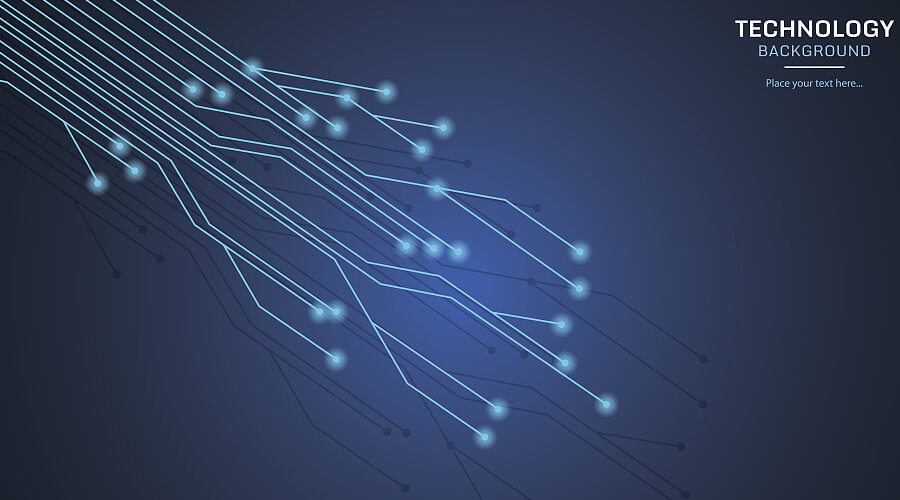Lithium-air Battery Breakthrough-Technology and Characteristics
APR 11, 2020 Pageview:1748
We all marvel at the revolution that technology has brought about over the past centuries. However, the more this technological revolution evolves, the more they consume a larger amount of energy and this leads to a massive carbon footprint. The dominating area in demand for larger production of energy every day is the transportation sector. Not surprisingly, it is the same department that results to multiple environmental complications like the common urban pollution affecting many cities worldwide.
According to statistics, more than 50% of a country’s CO emission is accounted for by the transportation sector where it is common to find exhaust pipes coughing into the atmosphere from all corners. However, there has been a great improvement over the past couple of decades due to the foreseeable limitation of fossil fuels and greater emphasis on going green for the environment. The transport system is now being electrified, for example, electric trains and vehicles are becoming the new limelight of moving from one place to another. This will serve as a potential solution to curbing the problem of pollution and conserve more energy while protecting the environment.
The advancement of electrification of the transport system hasn’t been as fast as people would’ve hoped due to lack of the perfect energy storage system. However, ever since the introduction of lithium-ion batteries, there has been a significant boost in the development of a greener and more electrifying environment. Lithium-ion batteries are considered the one most powerful energy source to boost this “Green” project.
However, there is still research being done to develop better versions of these cells because they aren’t quite there yet. Lithium-air batteries have been theoretically proven to carry larger energy densities than the normal lithium-ion cells. They have also shown a remarkable potential of being the future’s most reliable power source that could significantly reduce the carbon footprint on the earth’s surface.
Does lithium-air battery technology have any breakthroughs?
For years scientists have been trying to come up with a more powerful, stable, green, and longer-lasting battery that can outweigh any other lithium-ion battery around. In 1995, the remarkable lithium-air battery was discovered. The battery is known to have a larger energy density as compared to normal lithium-ion batteries and is also more stable making them safer for every application. Lithium-air batteries have made various breakthroughs in their applications such as:
Vehicles
There has been a rising interest in the use of lithium-air batteries in the manufacture of electric vehicles. Since these batteries have a theoretically high specific s well as volumetric energy density, which is much larger than that of petrol. Electric motors that use these batteries provide a larger efficiency of about 95% which is more than the 30% given by an internal combustion engine. Lithium-air batteries are capable of producing a battery pack of about one-third the size of standard fuel tanks in vehicles.
Grid backups
Normally about 20% of the energy produced by solar cells is lost as it goes to charge the battery. Therefore, the introduction of hybrid solar cell-battery has paved an opportunity for the use of lithium-air batteries. This is because the hybrid stores 100% of the energy produced .
How does lithium-air battery work?
Lithium-air batteries are characterized as metal-air cells. In detail, these are batteries that consist, of a metal-based anode electrode and an air-based cathode one. The electrodes are designed to constantly extract oxygen from the air.
The batteries have the same working principle as general lithium-ion batteries. The lithium ions move between the two electrodes across the electrolyte. During discharging, the electrons follow the external circuit while the lithium ions move to the cathode. When it comes to charging periods, the lithium ions move onto the anode and whereby they free oxygen. This principle covers both aqueous and non-aqueous lithium-air batteries. However, the aqueous lithium-air batteries need a protective layer on the negative electrode to prevent the lithium metal from reacting with the water present.
Anode
The anode is typically made of lithium metal. Here, the electrochemical potential forces lithium metal to give out electrons through oxidation. This excludes the oxygen at the cathode. There are however, a few challenges that are posed at the anode. Preventing the anode from reacting with the electrolyte is a major problem because the lithium metal there risks dendritic lithium deposits and this can decrease the energy capacity or even cause short circuits.
Cathode
During charge at the cathode, oxygen gives some of its electrons to the lithium through reduction. The cathode is made of a mesoporous carbon with meta catalysts used to enhance the rate of reduction taking place and increase the specific capacity of the electrode. Normally, manganese, silver, cobalt, ruthenium, platinum or a combination of manganese and cobalt serve as the most suitable catalysts.
There are also some flaws found at the cathode. While it is common to find atmospheric oxygen there that has no effect on the electrode, contaminants like water vapor can damage it. Also, cases of incomplete discharge due to the porous carbon cathode being blocked with lithium peroxide are another major limitation. The performance of lithium-air batteries is usually limited by how efficient the reaction at the cathode is. This is because most of the voltage drops tend to occur at the cathode.
Electrolyte
Just like any other battery, lithium-air cells need an electrolyte for the movement of ions and electrons. However, when it comes to these batteries, there are four different versions of electrolytes being used. These include aqueous acidic, aqueous alkaline, non-aqueous protic, as well as aprotic.
What are the specific characteristics of lithium-air battery?
The highest specific energy reported for lithium-ion batteries is 362 Wh/kg and although it might be much higher than that of lithium-ion batteries, it only tends to get about 20% of the expected practical value. Lithium-ion carries about 180Wh/kg specific energy and this is much lower than lithium-air batteries. Lithium-air batteries also have a specific power of about 0.46mW/g.
Final Words
Although lithium-air batteries have proven to be better than lithium-ion cells in many areas, they still haven’t been adapted in major applications. This is because the battery’s capabilities are mainly theoretical and thus more research and experimentation needs to be carried out. However, the future of lithium-ion batteries looks bright because for us to achieve a “Go Green” world, we would need to adapt such batteries in our development.
Leave Message
Hottest Categories
-
Hottest Industry News
-
Latest Industry News












